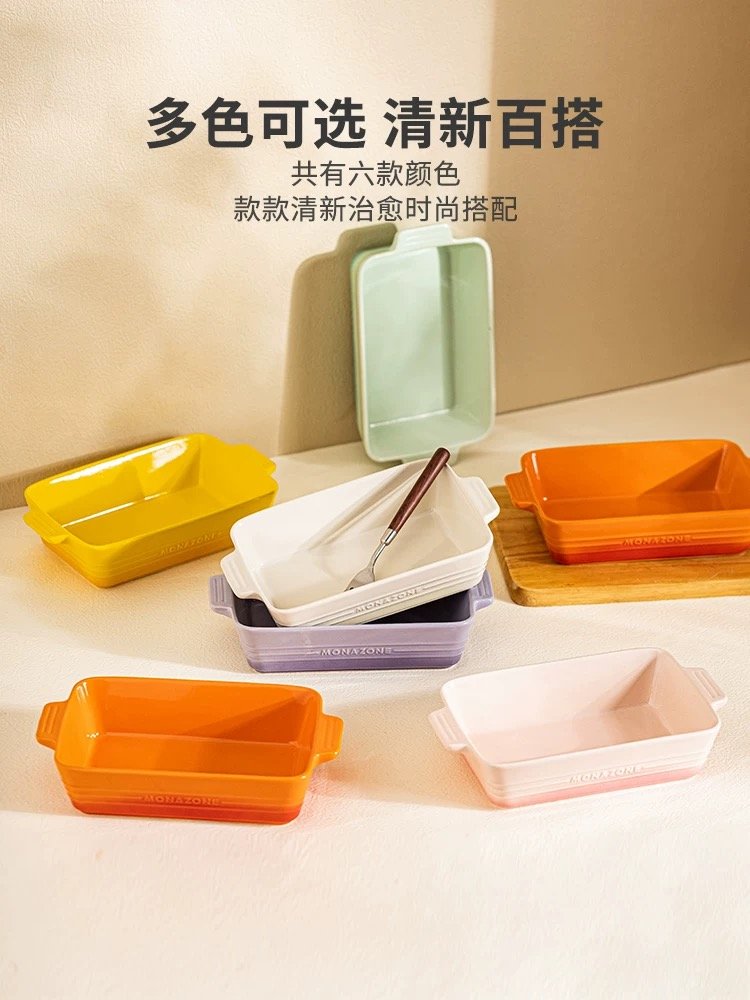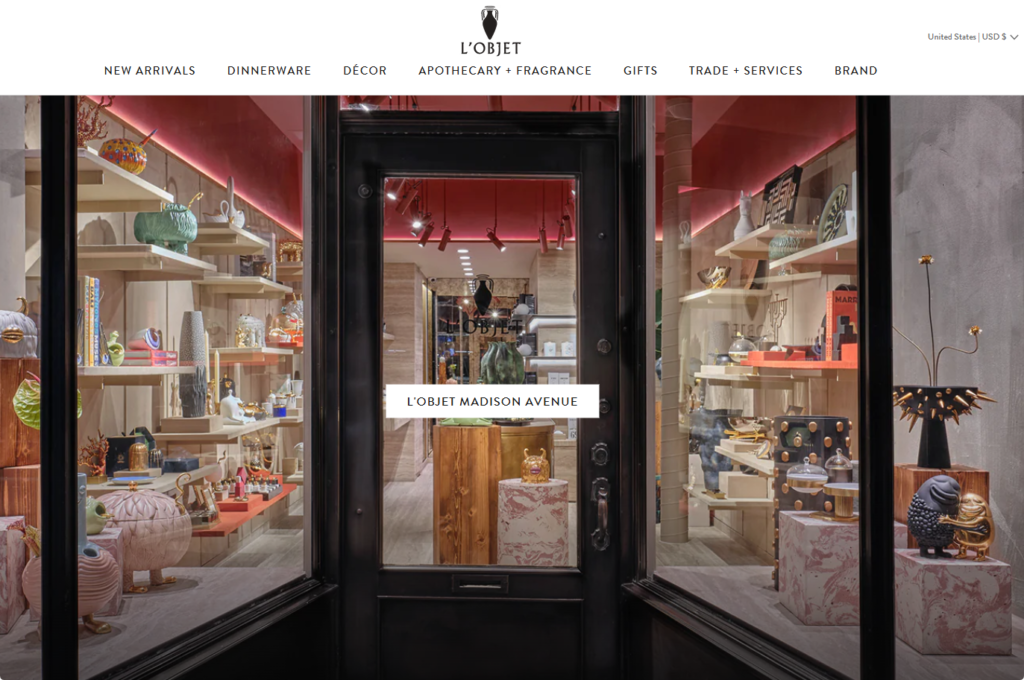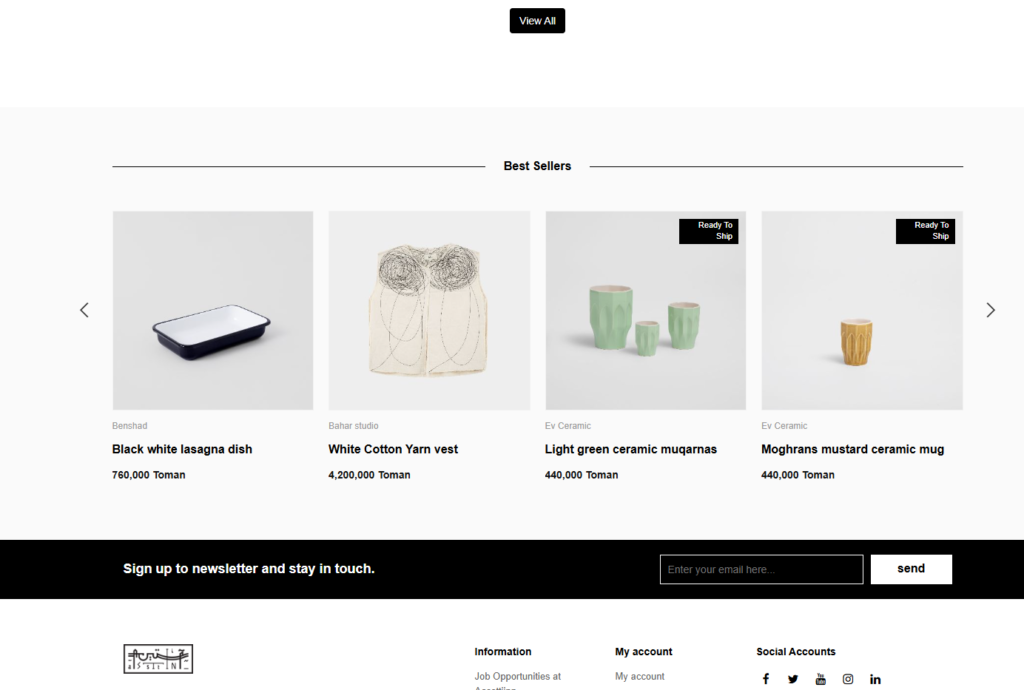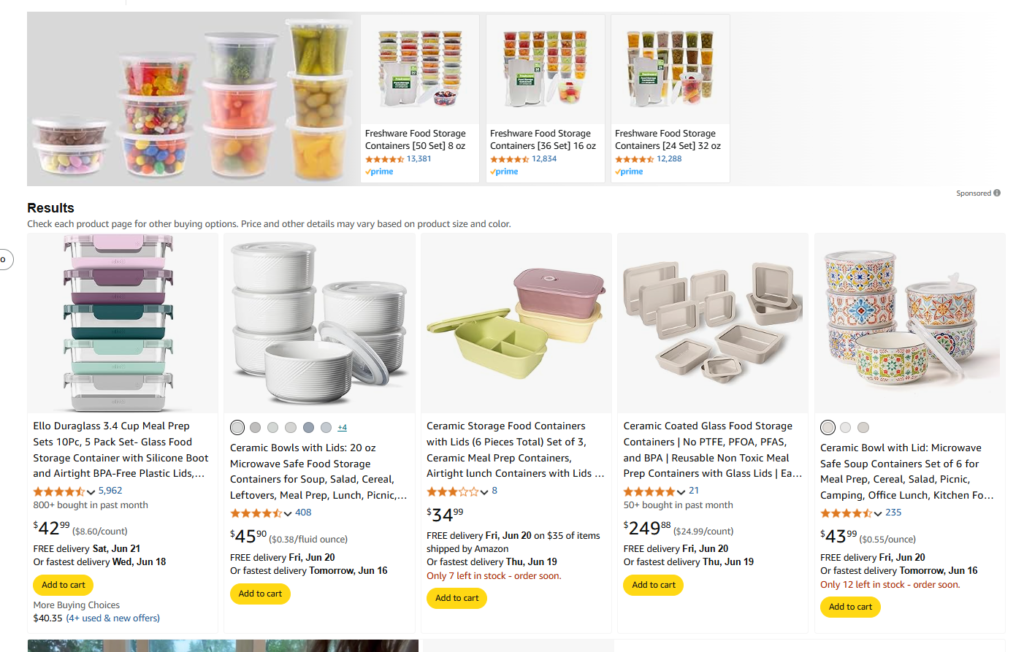Ceramic kitchenware has always been more than just a practical choice—it’s a reflection of lifestyle, culture, and aesthetic preference. As we step into 2025, global demand for ceramic kitchen products is evolving rapidly, driven by shifting consumer behaviors, sustainability movements, and design trends. For retailers, importers, and brand owners, keeping up with export trends isn’t just smart—it’s essential.
So, what’s shaping the ceramic kitchenware export landscape this year? Let’s dive into the 7 key trends that are defining international trade in this niche.
1. Bold Colors Dominate European Retail Aisles
European consumers are increasingly gravitating toward vibrant and expressive tableware, moving away from the once-dominant minimalist whites and greys. Shades like emerald green, burnt orange, and cobalt blue are becoming bestsellers in France, Germany, and the UK.

Retailers sourcing color-glazed ceramic dinner plates or deep-toned latte mugs are finding success with emotionally resonant color palettes that tap into lifestyle branding.
This trend isn’t just about appearance—it’s also about setting a tone for dining experiences that feel personal and joyful. Expect to see more orders emphasizing seasonal color customization and regional market color testing in 2025.
2. Sustainable Sourcing Takes Center Stage in North America
In the U.S. and Canada, environmental accountability is no longer a bonus—it’s a baseline requirement. Ceramic kitchenware brands exporting into these markets are under pressure to demonstrate low-waste production, ethical labor practices, and eco-conscious packaging.
A growing number of buyers are requesting:
- Recycled ceramic bakeware
- Lead-free glaze certifications
- Biodegradable or reusable packaging
Many importers now prefer factories that offer traceability reports and support green certifications for easier customs clearance and shelf appeal.
3. Functional Art: Middle East Demand for Decorative Tableware
Exporters to the Gulf region—especially UAE, Saudi Arabia, and Qatar—are seeing a rising interest in hand-painted ceramic serving bowls, gold-rimmed plates, and ornamental tea sets.
These are more than tableware—they’re conversation pieces, gift items, and statement decor. Retailers want collections that blend utility with artistry.
Notable Middle Eastern Tableware Brands in 2025:
NOOR
– Bahrain


L’Objet
– Qatar

Sabr Ceramics
– Oman
| Brand Name | Country | Signature Product | Product Features |
|---|---|---|---|
| Silsal | UAE | Arabic calligraphy dessert plates | Hand-applied designs, metallic details |
| L’Objet | Qatar | Luxury ceramic teapots | 24k gold accents, sculptural forms |
| Huda Art | Saudi Arabia | Serving platters with patterns | Cultural motifs, intricate glazes |
| Sabr Ceramics | Oman | Everyday artisan dinnerware | Earth tones, textured glazes |
| Noor Homeware | Bahrain | Decorative side plates | Contemporary meets heritage styling |
These brands reflect how ceramic giftware and decorative kitchen ceramics are gaining traction in premium segments across the Middle East.
4. Custom OEM Dinnerware for Asian E-commerce
In Asia, particularly in countries like Japan, South Korea, and Singapore, ceramic kitchenware exports are increasingly driven by e-commerce trends. Private-label branding is booming.
Importers are requesting:
- Custom-shaped ceramic rice bowls
- Minimalist mug sets with engraved logos
- Microwave-safe noodle bowls with brand inserts
Fast-paced dropshipping models, influencer marketing, and mobile-first shopping platforms are shaping the need for flexible MOQ and quick mold adjustments.
5. Microwave and Dishwasher Safety Becomes Standard in the U.S.
American consumers, especially Millennials and Gen Z, expect practicality. That means dishwasher-safe and microwave-safe labels aren’t optional—they’re deal-breakers.

Suppliers exporting to the U.S. now report increased demand for:
- Non-porous, chip-resistant ceramic bowls
- Stackable ceramic meal prep containers
- Fully vitrified ceramic bakeware sets
Expect to see more ceramic brands highlighting performance durability and kitchen convenience in 2025, with product descriptions tailored for online retail platforms like Amazon, Wayfair, and Walmart.
6. Scandinavian Minimalism Sets the Tone for Northern Europe
While Southern Europe favors colors, Northern Europe is leaning toward the silent luxury of neutral ceramics—think soft greys, matte whites, and speckled textures.
Popular product categories include:
- Matte-glazed Scandinavian-style tea mugs
- Speckled ceramic breakfast plates
- Stoneware dinner sets with minimalist silhouettes
These products often pair well with oak wood trays, linen tablecloths, and minimalist packaging—catering to buyers who value Nordic-style ceramic dining sets that blend into calm home environments.
7. Gifting Ceramics Remains a Strong Driver in Latin America
In Latin America, ceramic kitchenware has long played a role in gifting culture—from weddings to housewarmings. 2025 sees this continue, but with more focus on personalized sets.
Popular exports include:
- Hand-glazed ceramic espresso cups
- Gift-boxed ceramic dip bowls with artisanal flair
- Name-inscribed or seasonal patterned dinner plates
Local distributors are especially interested in short-run, holiday-themed packaging and co-branding opportunities with local artists.
🌍 Summary Table: Key Export Trends by Region
| Region | Key Export Demand in 2025 | Notable Characteristics |
|---|---|---|
| Europe | Colorful dinnerware, bold glazes | Emotional appeal, seasonal color matching |
| North America | Eco-friendly ceramic bakeware | Sustainable sourcing, dishwasher/microwave safety |
| Middle East | Decorative and gift-ready tableware | Gold detailing, calligraphy, hand-painted styles |
| Asia | Custom OEM for e-commerce | Low MOQ, fast branding, influencer-friendly designs |
| Latin America | Ceramic gifts and personalized kitchen sets | Culturally rooted, decorative, short-run gifting editions |
🤔 FAQ: People Also Ask
What ceramic products are trending in global export markets in 2025?
Ceramic mugs with matte finishes, customized bakeware sets, and colorful dinnerware sets are among the top exports across Europe, North America, and Asia.
Which markets value sustainable ceramic kitchenware the most?
North America, especially the U.S. and Canada, is leading the demand for sustainable, lead-free, and eco-certified ceramic kitchenware.
Are custom OEM ceramics in demand?
Yes—customized ceramics with brand logos, seasonal colors, and private-label packaging are highly requested, especially for e-commerce channels in Asia and Europe.
What are the best-performing product categories?
Dinner plates, tea mugs, espresso cup sets, and decorative serving bowls are seeing high performance in both retail and gifting markets.
How important is packaging in ceramic exports?
Very. In regions like the Middle East and Latin America, well-designed, gift-friendly packaging can significantly enhance the product’s appeal and value.
✍️ Final Thoughts
The ceramic kitchenware industry in 2025 is dynamic, diverse, and deeply regional. From Scandinavian minimalism to Middle Eastern luxury, the nuances of local demand create export opportunities for brands that can adapt quickly and thoughtfully.
If you’re a retailer, importer, or brand looking to stay ahead, partnering with a flexible and experienced manufacturer is key.
EKA is a ceramic kitchenware factory based in China, offering OEM and ODM services tailored to global markets. Whether you’re launching a bold new line for European boutiques or developing custom bakeware for U.S. online platforms, EKA’s team is here to bring your vision to life with reliable craftsmanship and export-ready expertise.

